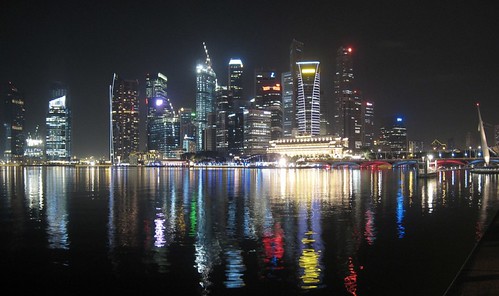Video: One man’s homage to Tesla, and solar-powered driving
By Sophie Vorrath on 13 February 2013
Bloch describes being “floored” upon first sighting the car in person in November of last year, and how the EV itself, along with Tesla’s promise of a network of free, solar-powered Superchargers – which, when unveiled last September, used SolarCity PV panels to add 150 miles of range to the 85kWh Model S in about half an hour – impressed him as representing the future of transportation. What didn’t impress him, however, was Telsa’s own video footage of the Model S in action. “Where was the cinematic flair, the story, the emotion? I knew I could do better.”Whatever electrical vehicle owners and enthusiasts may lack in numbers, they more than make up for in collective enthusiasm. Take Jordan Bloch, for example: a content creator and entrepreneur who describes his mission as “to tell stories of innovation and sustainability.” Bloch’s latest such story is a video (or an advertisement, really) is about Elon Musk’s latest offering – and Motor Trend’s 2013 Car of the Year – the Model S sedan.
His video, called Gallons of Light: A Tesla Road Trip, films a real-life Tesla-owning family making their first ever road trip in the Model S, using the Tesla/SolarCity Superchargers along the way. Has he done better job than Tesla in selling their own car? You be the judge…









